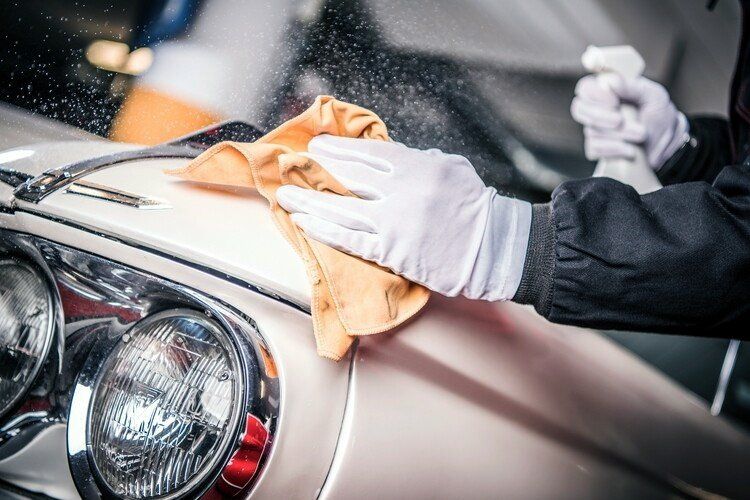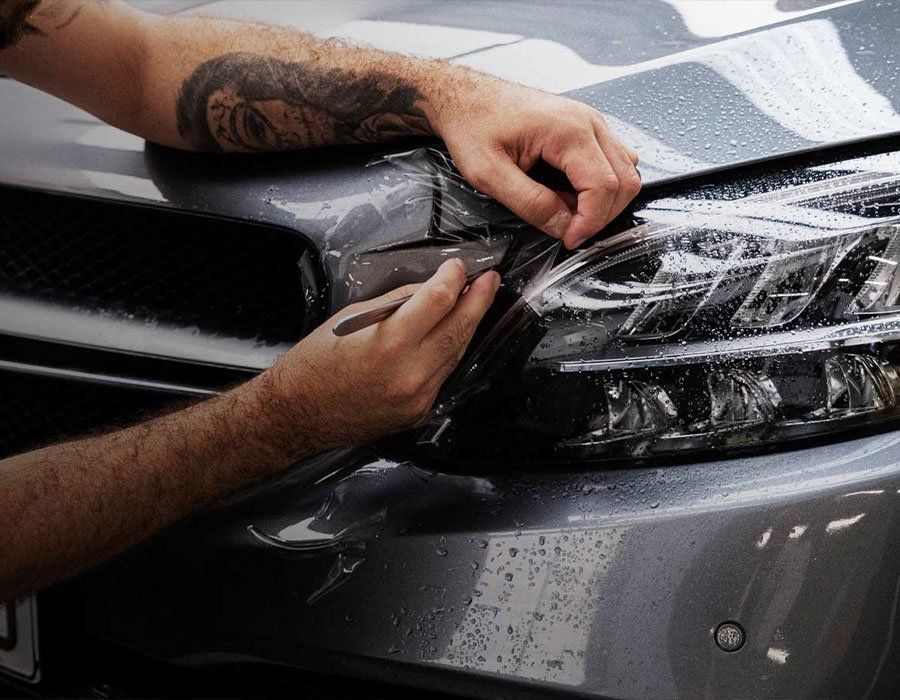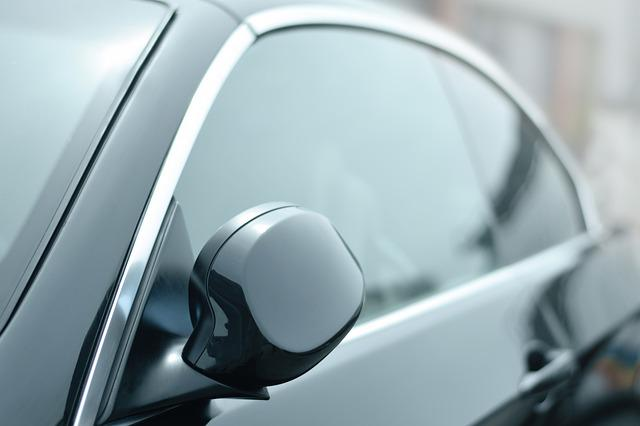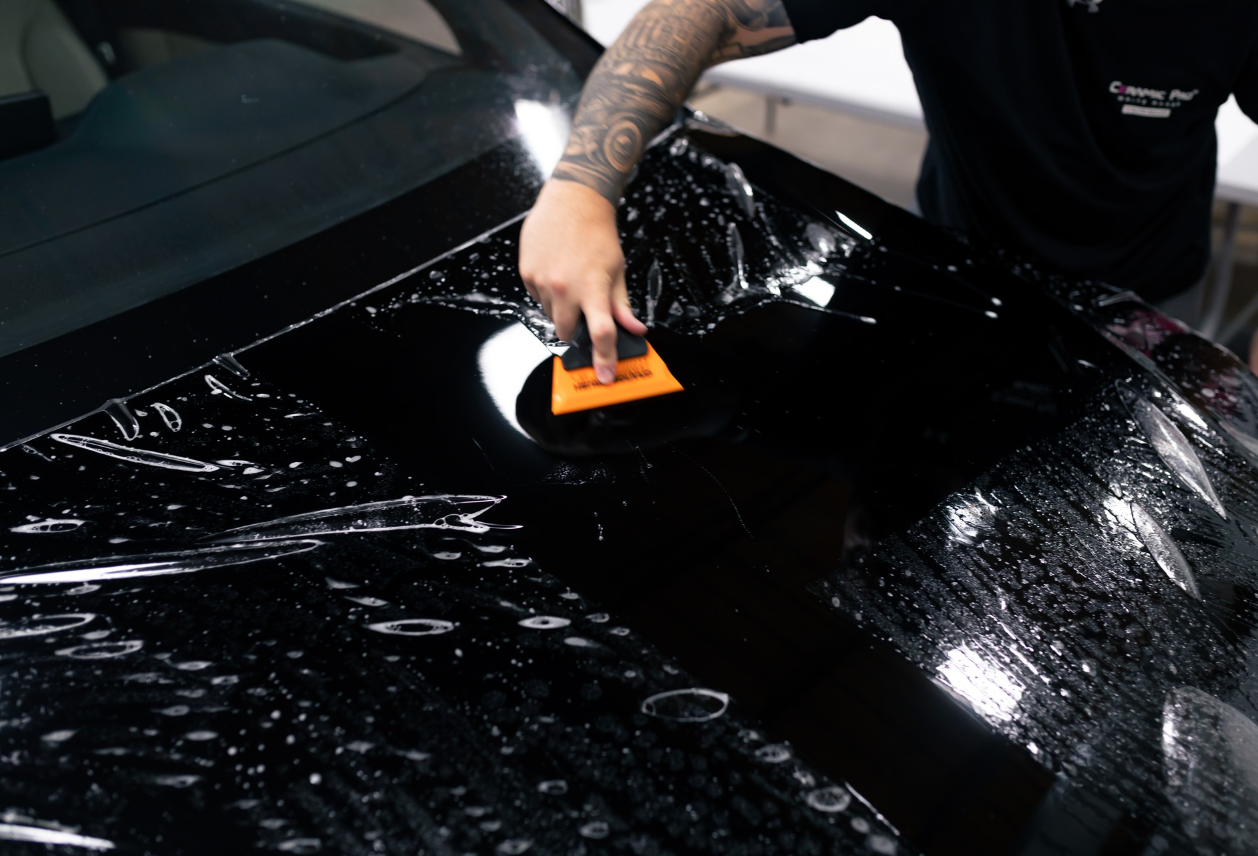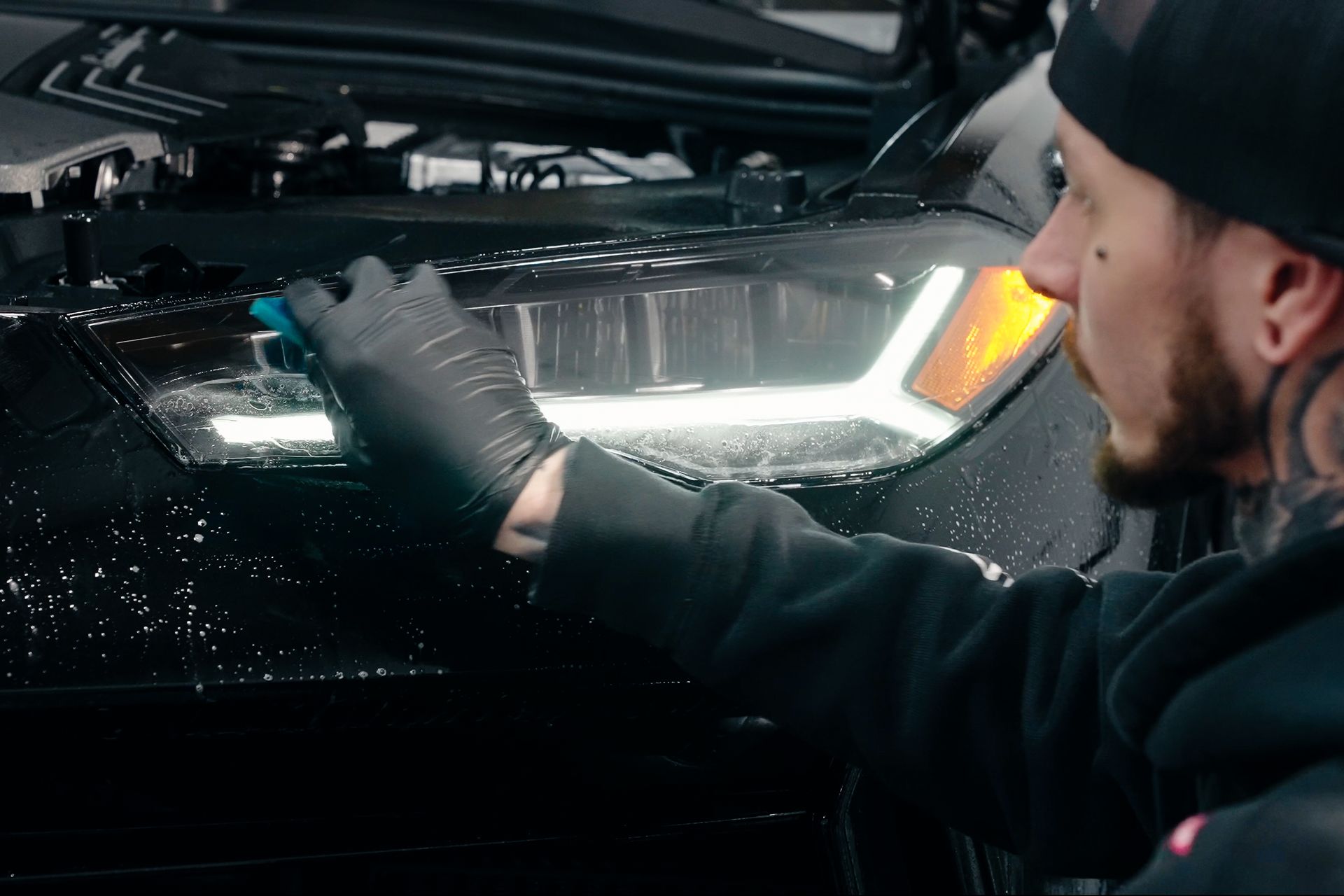Top 4 Distinctions Between Paint Sealant and Ceramic Coating
Top 4 Differences Between Paint Sealant vs Ceramic Coating
The world of car detailing can be complicated, especially when it comes to paint protection coatings. From DIY sealants to professional ceramic coatings, it can be hard to know which is the right choice for your car.
In this blog, we’re diving into the difference between paint sealants and ceramic coatings so that drivers and car owners will be informed and make the best decision on how to keep their cars looking their best with the help of professionals.
What Is Paint Sealant?
Paint sealants are an affordable and effective way to protect your car's surface from harmful elements like UV rays, bird droppings, and insect splatter. They are made of polymers and oils that create a protective layer when bonded with the car's paint. Unlike wax, paint sealants don't make the car overly glossy or shiny, making them suitable for those looking for moderate protection and aesthetics.
They also last longer and only need to be reapplied every few months.
What Is Ceramic Coating?
Ceramic coatings offer better heat resistance and durability than paint sealants. They provide better protection against UV damage, road grime, and bird droppings and can be applied to complex color schemes. Having a clear coating applied can protect your vehicle from various elements such as UV damage, dirt buildup, saltwater corrosion, sap, and pollution.
It is important to evaluate their different properties, such as cost efficiency versus longevity, to make an informed decision that best fits your budget and expectations.
Evaluating the Properties of Paint Sealants and Ceramic Coatings
When it comes to evaluating the various properties of paint sealants and ceramic coatings, there are both pros and cons to consider. When making a decision, it's important to find the right balance between cost-effectiveness, longevity, and durability.
Next, we will explore how these products can help protect your vehicle from oxidation and corrosion.
Protection from Oxidation & Corrosion
When comparing paint sealant and ceramic coating, oxidation and corrosion protection are crucial. Paint sealants work by covering the car in a durable layer of wax that helps prevent contaminants from coming into contact with the car’s paint.
On the other hand, ceramic coatings offer superior protection against both corrosion and oxidation, creating a thick barrier that repels dirt and grime while protecting against UV rays.
If you want maximum protection against both oxidation and corrosion, a ceramic coating may be the better option.
Durability & Long-Lasting Effects
Talking about durability and long-lasting effects, paint sealants and ceramic coatings both have their distinct strengths. Paint sealants provide a hard shield and last an average of 3-6 months, while ceramic coatings last significantly longer, up to 3 years or more, depending on the product used and care taken.
Ultimately, ceramic coatings have far superior longevity than paint sealants, making them the clear choice for anyone looking for protection.
Both paint sealants and ceramic coatings can lose effectiveness when exposed to high temperatures, strong solvents, detergents, and frequent washings. However, ceramic coatings provide longer-lasting protection and are the better option for extended defense against environmental factors.
In Baltimore's humid and extreme climate, car owners should consider how both products can protect car surfaces from temperature and saltwater damage. Let's explore how paint sealants and ceramic coatings fare in these harsh environments.
Resistance to Temperature & Saltwater
Another difference between paint sealants and ceramic coatings is their resistance to temperature and saltwater, which is certainly worth noting. Paint sealants resist heat up to 500 degrees Fahrenheit and are excellent for hot climates like Baltimore, Maryland. They are also resistant to heavy chlorine and saltwater exposure.
Ceramic coatings resist even higher temperatures, up to 700–800 degrees Fahrenheit, but aren't as effective against harsh chlorine and saltwater exposure.
Paint sealants defend against heat damage and protect against corrosive saltwater exposure, while ceramic coatings can withstand higher temperatures more effectively despite weaker resistance against corrosive waters. Regular maintenance is necessary for both methods to ensure longevity. In the next section, we'll examine the effectiveness of each method in resisting heat and abrasive particles.
Resisting the Effects of Heat & Abrasive Particles
Heat and abrasive materials can cause damage to vehicles, affecting both the paint and mechanical components. But paint sealants and ceramic coatings can provide protection against these elements. Paint sealants repel dust and dirt and minimize fading due to UV exposure, while ceramic coatings offer superior scratch resistance and protection from heat damage.
At the end of the day, both products offer significant protection from the sun's harmful ultraviolet rays as well as resistance against corrosion due to salty water or acidic rain. Ultimately, choosing between paint sealant and ceramic coating for car owners will come down to budget constraints, quality preferences, and desired longevity.
Get Your Car Looking Brand New With Ceramic Coating Packages in Baltimore, Maryland!
Looking for the ultimate protection for your car's paint? Detail Solutions has got you covered. Our ceramic coating packages provide unmatched shine and durability that will keep your car looking like it just rolled off the showroom floor. Also, our professional team of detailers uses only the highest-quality ceramic coatings to ensure that your car's finish is protected from the elements.
Give us a call today to learn more and get a free quote!



